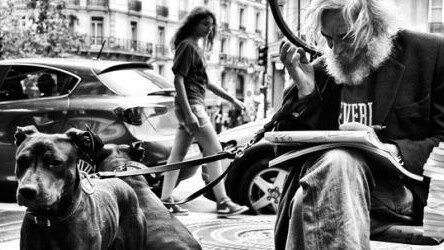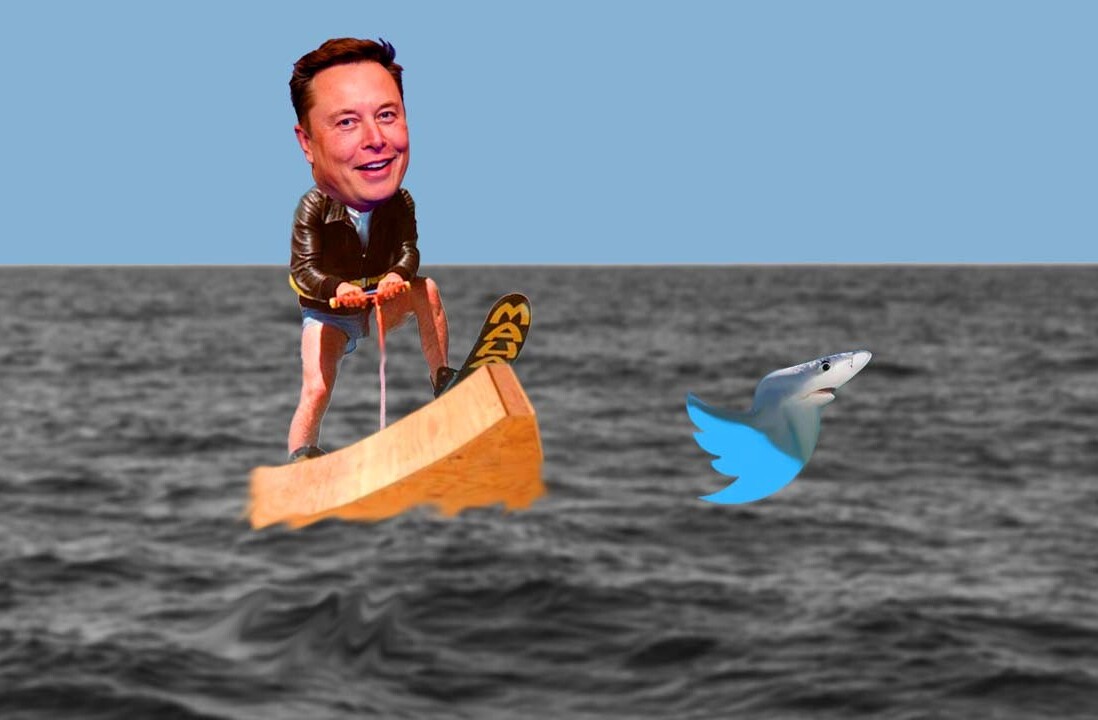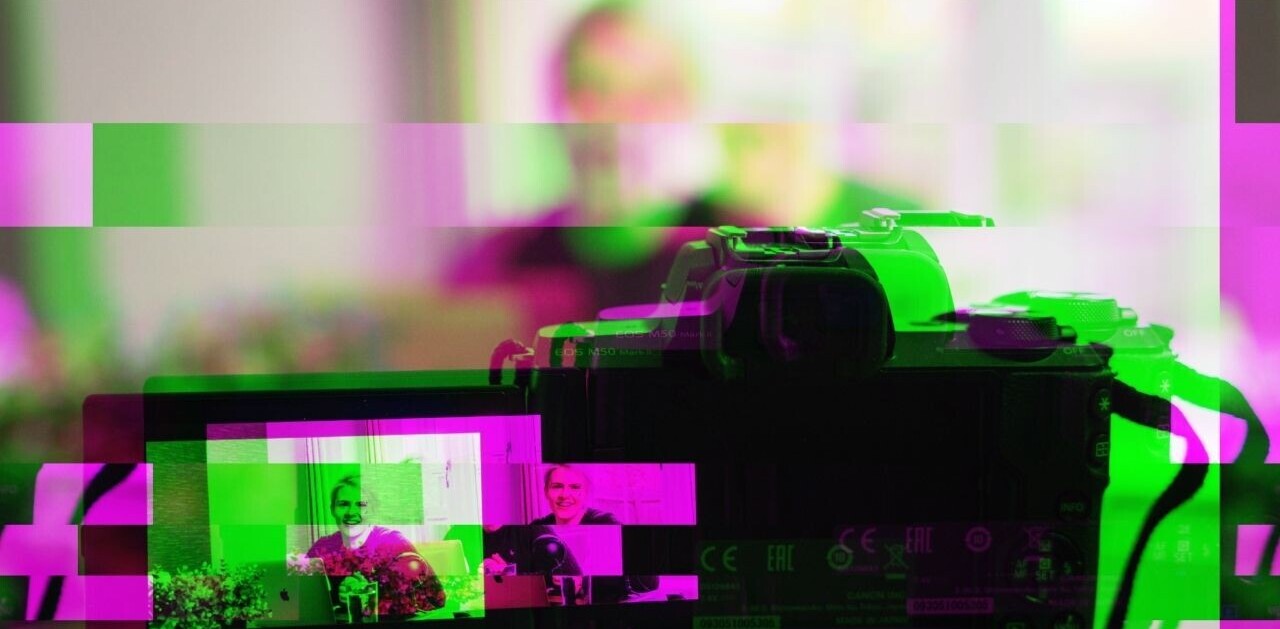
Welcome to our first post in the Chasing Photons series, where every Tuesday we will feature one photographer who shares their photography online, using the likes of Google+, Flickr, 500px, or even their own website.
Our first photographer to be featured is Roman Tripler, a 34-year old Art Director, living in Hennef, Germany, a small town near Cologne.
You can check out Roman’s full body of work on his website and his Google+ profile.
Nancy Messieh: What’s in your camera bag?
Roman Tripler (RT): Not much. I had believed for some time that I’d need a lot of equipment, but sold almost everything. I have my little Nikon D60, with an 18-55mm standard lens, a few tools to clean my camera and business cards.
NM: Did you study photography or are you self-taught?
RT: No, I did not study. My ‘studies’ consist of talking to people that interest me. I also read and hear a lot about photography and photographers that have moved the world, and I sometimes speak to gallery owners and ‘masters of photography.’I’m not the shy type, which helps.
NM: When/how did you decide to become a photographer?
RT: I haven’t really decided yet. I have been (not seriously) photographing since childhood, and was always interested in any kind of pictures. I decided only three years ago to improve my skills by buying a DSLR and to study more seriously than I have done before.
NM: What does photography mean to you?
RT: I love photos. Photos can tell stories in a fraction of a second. Photos are literature for my eyes, when they’re good. Photos have the ability to arouse a certain feeling inside of me. Only try to describe a mood! You will try to use images, metaphors. Taking photos is to find these moods and try to transport it to other people. It might sound terribly dreamy, but I believe, that empathy with knowledge and background is the key for good photographs.
NM: If you have to choose one photo taken by someone else that you wish you had taken – what would it be?
RT: Many, many, many, but that’s their work, not mine. I would prefer to escape the question and say that there are many photos where I would have liked to look through the viewfinder at the same moment. I would like to make the same full experience that the photographer has made in this complex situations where great photographs have been created.
NM: Define your photography in one sentence.
I portray the world of humans as I see them.
NM: What is the one photo you are most proud of?
 RT: This I have not yet taken. I really, really love a handful of my thousands of pictures, most of them are of family or special situations, which not everybody would understand.
RT: This I have not yet taken. I really, really love a handful of my thousands of pictures, most of them are of family or special situations, which not everybody would understand.
Many responses to my photographs which I like very much are not expected, many reactions surprise me. Look – a lot of artists avoid social media, because they are afraid that they will receive criticism – not me. My pride is often questioned, but I learn.
NM: Where do you prefer to post your photos online? Why?
RT: I use some platforms to talk and learn about my photography. I use it to meet people all over the world and get new inspirations. I want to learn – faster than others – to become a better photographer. I’ve tried out many platforms, but I’ve reduced them to just a few.
Through the Internet, I count great photographers as my friends online – but also in real life. Siegfried Hansen from Hamburg or Johannes Barthelmes from Berlin, only to name two. One of my goals is to join the Leica Gallery. I’m saving money for a M9-P, that’s a big dream!
NM: Where do you love to go to shoot – whether it’s a city, country, or even a specific place.
RT: Every place is perfect. As a German, some places have the “exotic factor” for me, where it’s easier to take impressive photos, but it doesn’t matter where I shoot. I’m very open.
NM: Who or what inspires your photography? Who are your influences?
RT: A lot of photographers – old masters as well as modern photographers: J. Nachtwey, E. Erwitt, H.-C. Bresson, R. Doisneau, V. Maier, Brassai, Man Ray, Weegee, G. Winogrand, J. Meyerowitz, M. Epstein, S. Schneider, S. Salgado, W. Klein, B. Gilden, A. Stieglitz and many more!
I’ve surely forgotten many important photographers – they occurred to me spontaneously. They all have a special quality, there’s not enough space here to describe tha. Their pictures touch me and I’d like to touch people like they did. That inspires me.
NM: Where do you stand on using Photoshop – acceptable or not. Why?
RT: Photoshop is a tool. Nothing more. I’m a professional in Photoshop, so I can be better than others with it. The problem is to manipulate pictures. I won’t do that. I use Photoshop like photographers used their tools in the darkroom – probably even with less intensity.
NM: Do you have any pre/post-photography rituals
RT: I try to reach the quality of analog film. With analog film you automatically get your special look. It takes me a maximum of 5 minutes to convert a photograph to that, my look. For an exhibition I might work harder on a photograph to optimize specific details, for Web use, a few minutes always suffices.
I don’t like the modern digital look – oversharpen, high dynamic range or the extremely colorful look. Mostly I think, I ‘shoot’ and I develop in black and white, and if I see a photograph in color, it has to be developed a bit more desaturated.
NM: What do you listen to when you’re editing?
RT: Nothing special. My taste in music varies very much. From Classic to Modern – there’s so much available. It can be Pergolesi, Prodigy or Pink Floyd and many more, but it must have a certain quality level.
NM: What do you do to jump start your photography if you’re blocked? (If that happens)
RT: Ask me again in 50 years. Since I was young I’ve always kept an eye open and if I don’t see anything interesting, it doesn’t matter.
NM: I see there’s a lot of street photography in your albums – how do you go about taking photos of people in the street? Have you ever had any problems?
RT: I don’t have any problems. I always try to communicate with people – before, during or after I’m shooting. It always depends on the situation. I don’t want to change a situation. If that happens by accident I rarely take a photograph or keep it. And I never mind deleting a photograph if I get the feeling someone has a problem with me taking a photograph of them.
NM: Any advice for aspiring photographers?
RT: Go around, study human beings and take pictures. That’s what I enjoy. Don’t be fooled by how “impressive” an image might look. The content is most important, everything else is just make-up.
Check out some of Roman’s photography below:
Get the TNW newsletter
Get the most important tech news in your inbox each week.





